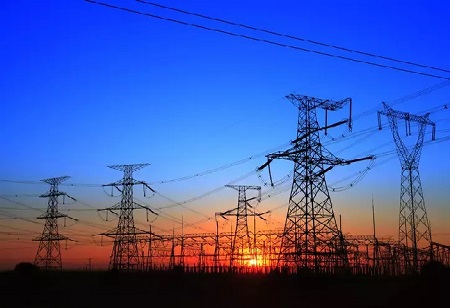
The country is expected to burn 292 million tonne (MT) more coal yearly when these projects are finished, according to power minister RK Singh's declaration that India will add an additional 25 to 30 gigawatts (GW) of thermal power on top of the 49 GW of coal-based units that are now under development. The average plant load factor (PLF) for 1,000 megawatts (MW) of electricity in India is 65%-75% and requires around 3.5-4 MT of coal. With each GW requiring 3.7 MT of coal, the revised plan will result in a 38% rise in overall coal consumption. The capacity of coal based power generation as of March 2023 was 212 GW. It is set to reach 260 GW by 2030. If the additional 30 GW capacity announced is brought under construction, India will have about 290 GW of coal power by 2030.
The 180 thermal power plants across the country consumed 777 MT of coal, including 55 MT of imported coal, in FY23. This is likely to go up to about 1,069 MT coal if the coal power projects, which have 5-7 years gestation, come up. The power minister’s announcement came as a surprise as less than a week ago India-led G20 declaration talked big on green energy goals. However, the G20 has failed to set a timeline to end fossil fuels, the biggest contributor to global warming. As for the commitments to the United Nations Framework Convention on Climate Change (UNFCCC), India is well on its way to meeting all of them and has pledged bigger targets than some of the more developed countries like the US, Russia and China.
According to the nationally determined contributions (NDCs), India needs to have 50% installed power capacity from non-fossil fuel sources and reduce the emission intensity of its GDP by 45% from the 2005 level by 2030. India has already set up 44% non-fossil fuel power generating capacity and is likely to take it up to 60% by 2030. On emissions, India has reportedly slashed 33% of the emissions intensity of its GDP from the 2005 level by 2019. However, the announcement to expand the thermal power capacity, instead of retiring polluting plants, even after initiating dozens of clean energy measures, shows India wants to ensure energy security at all costs to fuel its growth. The country has set the ball rolling on various fronts like renewable energy, energy storage systems, critical minerals, international grid connections and green hydrogen so that power shortage does not trip India’s fast growth.
We use cookies to ensure you get the best experience on our website. Read more...